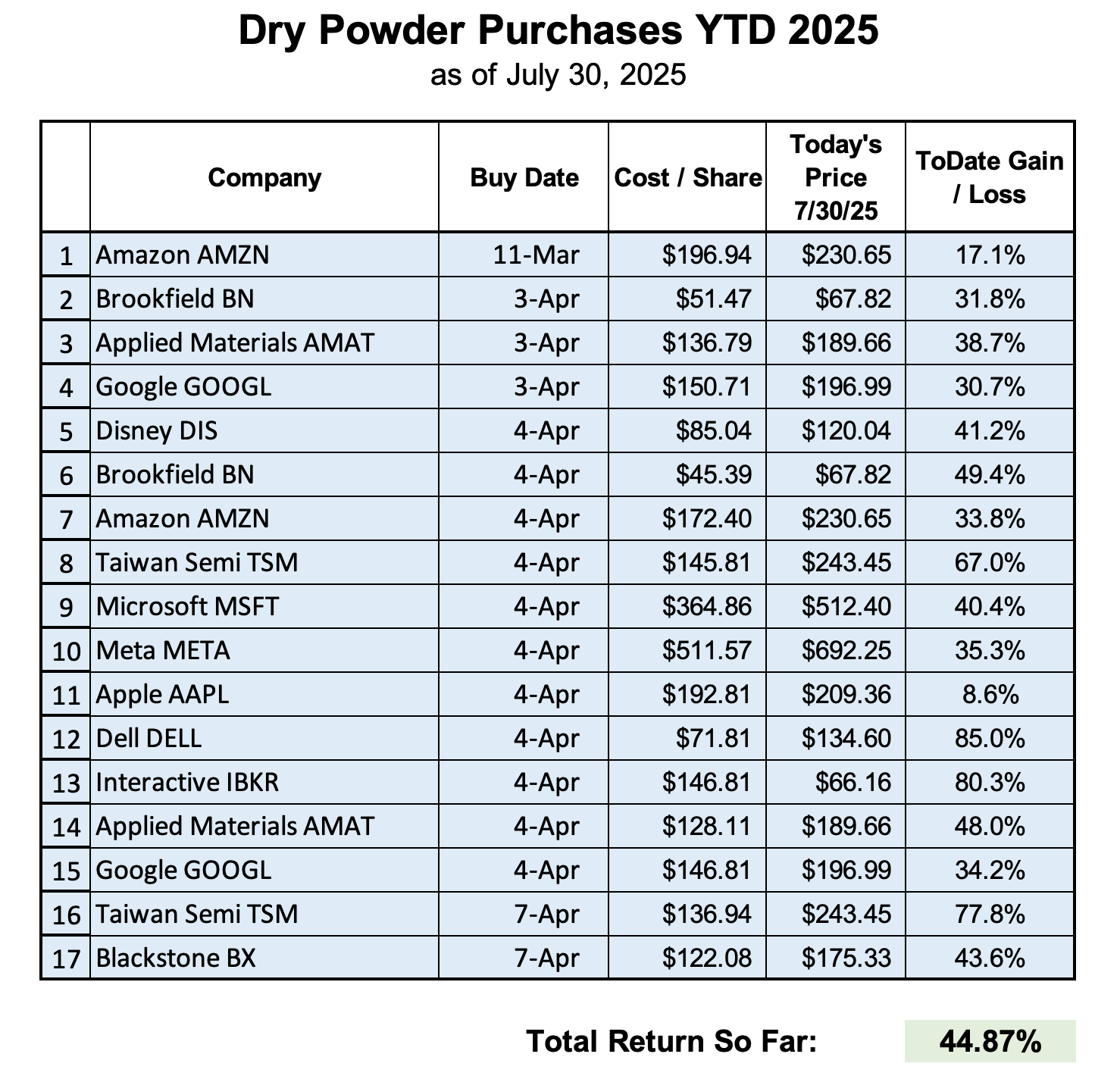
“Market is on an upswing. I don’t want to be caught buying at the peak”
“Stocks look cheap but what if they go further down from here”
“Every time I buy a stock, it immediately goes down in price”
“If I sell today and the stock moves up another 25%, I’d look foolish”
Investors are prone to these (or similar) thoughts as they approach a buy or a sell decision. The common thread here is regret. We all hate the feeling of regret, and we do all we can to avoid it.
Sometimes, we hesitate to buy because we worry about jumping in too soon. Other times, we sell too soon for the fear of an impending market crash. Even other times, we buy (or sell) because everyone we know seem to be doing that. We twirl our thumbs and over-analyze situations, in the hopes of figuring out what future might hold. Analysis paralysis. The fear of regret can make us delay or defer good decisions.
But experienced investors know that they can’t tell what the future holds. In a 2018 piece, I wrote how sometimes it feels as if the market is mocking us. For instance, when I bought Amazon shares for the first time in 2000, only to see them go down by 80% over the following two years. Or when I only put 45% of my dry powder cash to work in the 2022 market downturn. At the same time, we also know that holding stocks for the long run have time and again proven a reliable recipe for wealth accumulation. I shared in another 2018 piece that, since 1950, there has not been any 20-year period in the US stock market where investors had lost money.
So what can we do about this inevitable feeling of regret that we investors are bound to encounter often? Two things have helped me overcome my own fear of regret:
- Acknowledge it up front and be mentally prepared for it, and
- Embrace it and learn from it
On these points, I quote from two of my all-time favorite investing books:
“Embrace your regret. Know you can and will be wrong and your decisions have consequences … Being wrong is okay. The more you embrace your wrongness and see it as an opportunity for learning, the less wrongness you will have long term.”
The Only Three Questions That Count, K. Fisher, Ch. 3
“If you can remember when things go badly that you considered the possibility of regret carefully before deciding, you are likely to experience less of it.”
Thinking Fast and Slow, D. Kahneman, Ch. 32, Keeping Score
Regret comes in many forms. Regret of buying too soon? Regret of selling too early? Regret of staying on the sidelines while the market keeps rising. For me personally, I have been able to mostly overcome my buying-too-soon regret. That’s because I’ve had practice. I have been in so many situations where I bought a stock and then saw it fall over the following year or two. I have gotten used to it. Today I can say that I am mentally prepared to see my recent purchases go down … for a while.
I am also not the type who bails out of the market entirely and stay on the sidelines. Neither do I recommend that long-term investors do that. I tend to stay in the market, but I do tweak cash that I keep on the side. See more on my dry powder cash strategy here.
Mostly I am afflicted by the regret of selling too early. Too many times, I have resisted selling positions that had deserved selling. I bought Nokia (NOK) in 2008 when it had just gone down due to nascent smartphone fears. My investment thesis was that the company has too much brand equity and production scale to lose the smartphone race with Apple and Blackberry. It took two years of relentless bad news and poor execution before I had the courage to pull the plug on Nokia.
It likely wasn’t just regret holding me back. My loss aversion and anchoring biases also contributed there.
From his book The Only Three Questions That Count, Ken Fisher has this succinct advice:
Accumulate regret. Shun Pride. That is how you beat myopic loss aversion and overconfidence.
I continue working on both.
Postscript: The stock market has been grinding upwards since I last wrote about it two months ago. The S&P 500 is up 8% since May 28th, reaching a new all-time high. It is about 4% higher than its prior peak of February. Today, my dry powder purchases show total gain of 45%, up from 25% I reported in May. See this table for details:

Leave a Reply